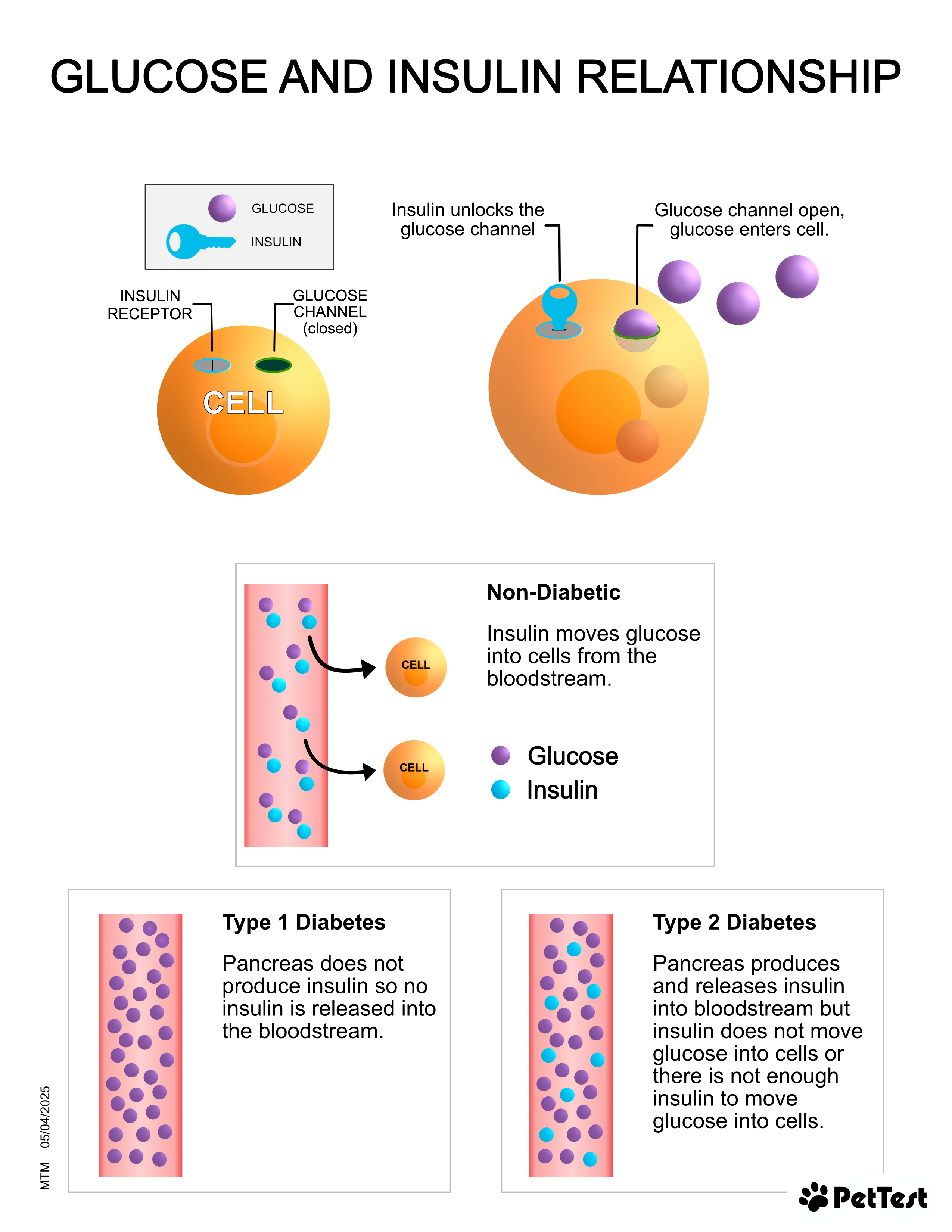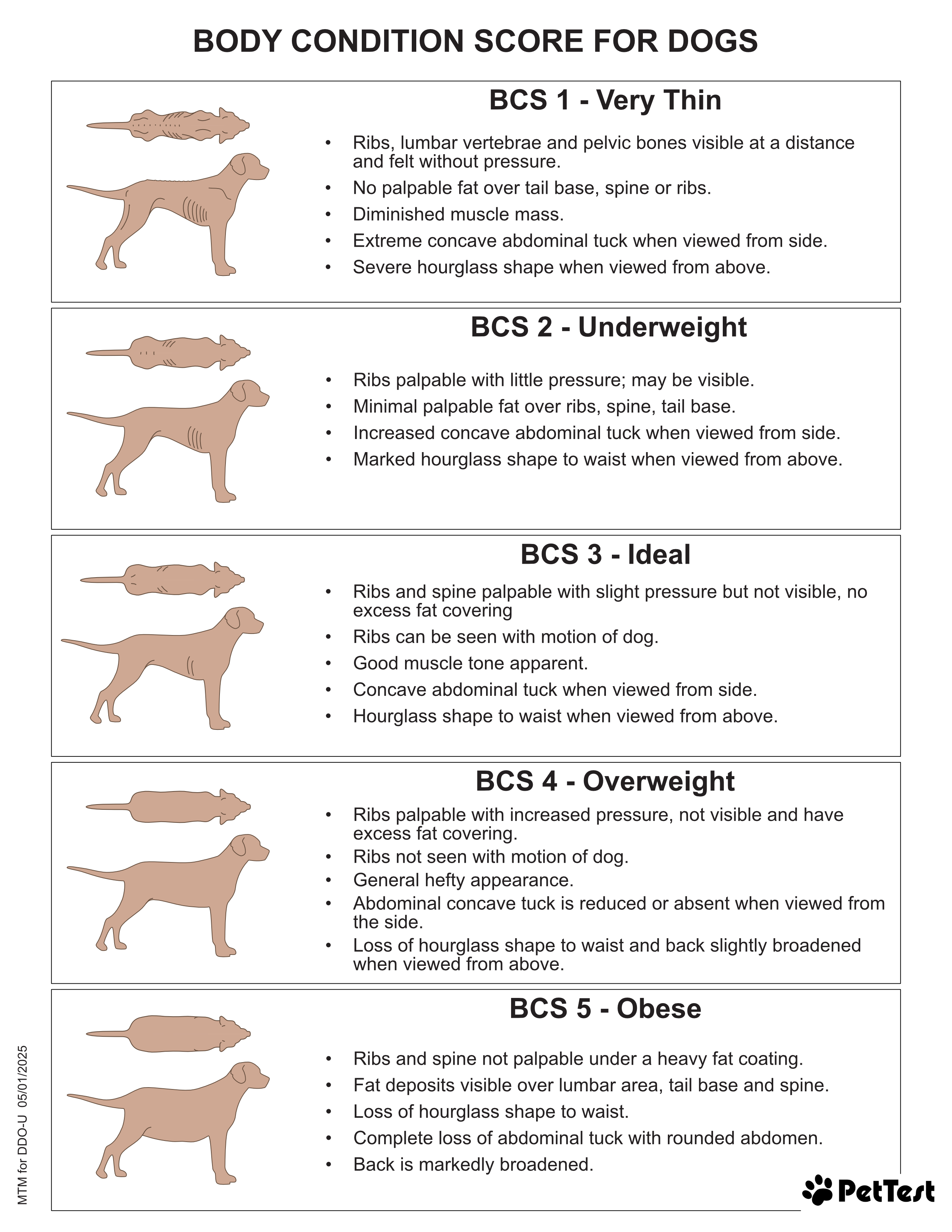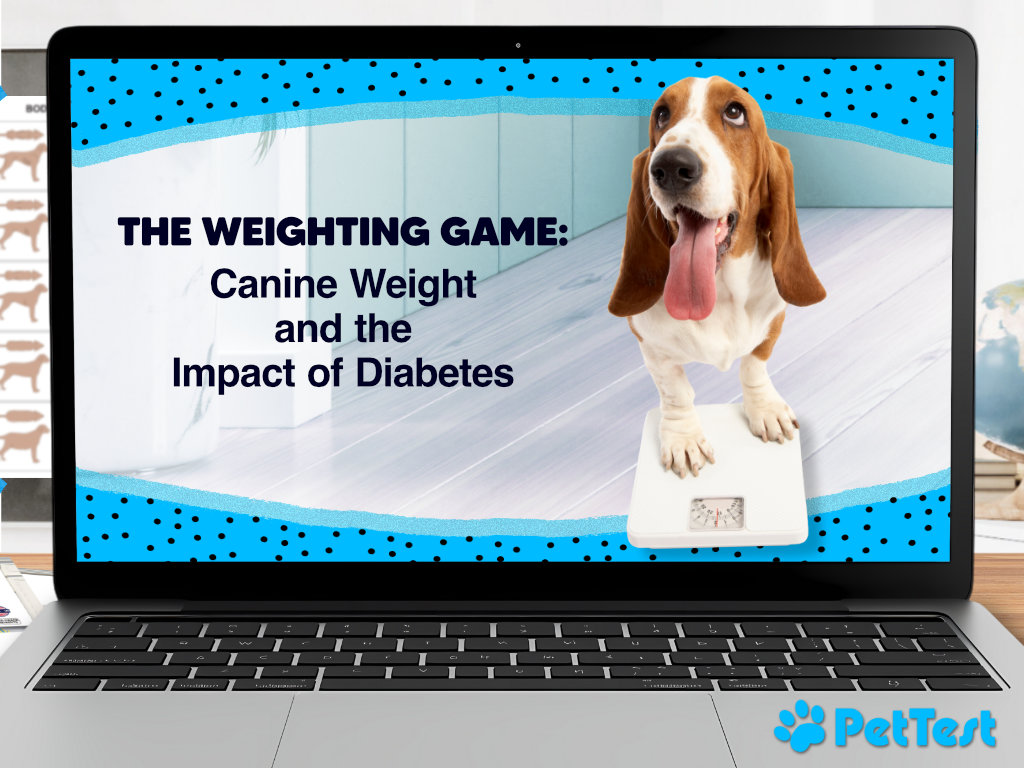The Weighting Game:
Canine Weight and the Impact of Diabetes
When Lucy was diagnosed with diabetes and acute pancreatitis she weighed 22 lbs. She was not chunky but it was a “healthier” weight. After diagnosis she started losing weight and by January 2016, just four and a half months after diagnosis she was down to 16.4 lbs. She was skin and bones, had lost a lot of muscle mass and by this point her dad was ready to feed her whatever she wanted until we helped her over rainbow bridge. It was terrible to see and I was doing everything possible to get blood glucose levels to a consistent range. It was a desperate conversation because Dad couldn’t stand to see her wasting away and I couldn’t either but I was not ready to give up until all avenues had been crossed. So we had a conversation and I stated I wanted to take over, change insulin and food…give it some time and see if these changes work which, of course he agreed to.
The first change I made was insulin; Lucy was on Vetsulin but since I ran curves and tested blood glucose levels at least twice per day I knew that her BG was inconsistent. I switched her to Novolin N and after a week I saw a big improvement, levels were more consistent. Several weeks after weekly curves and a couple increases blood glucose had improved enough that I felt confident in changing her food. She had been on Hills Science Diet WD wet and dry food but the fiber content was high and she was pooping several times per day. I believed the fiber content was too high for her and transitioned her to Wellness Core Healthy Weight (at the time it was called Reduced Fat) over ten days. I was nervous about the transition due to some erratic BG; I thought I made a mistake and I almost quit but then BOOM! Her body adjusted to the new food!
I weighed Lucy weekly and with both changes she was gaining about one pound per week. When she hit 20.5 lbs we both agreed that this was her ideal weight so I recalculated her calories and adjusted quantity.
Over the years I had to adjust her caloric intake…when we started this journey she was 11 years old and extremely active so moderately active worked well. Then as she slowed down I switched over to less active and then finally when she was 15+ I had to change her activity level to inactive. My Lucy passed just six weeks shy of her 16th birthday.
Weight loss in newly diagnosed diabetic dogs is very common and is a major concern for new members in our Facebook Group and online course, the DDO-U. So I wanted to write about canine weight and the impact of diabetes. Let’s go over why diabetic dogs lose weight when diagnosed, but first I want to go over the relationship that glucose and insulin have.
Glucose is the primary form of energy the body uses; insulin is the key that opens cells to intake glucose.
There are two types of diabetes, type one and type two.
Type one diabetes happens when the pancreas stops producing enough or any insulin. This happens due to the beta cells being attacked and destroyed. This can happen for many reasons like genetics, medications like steroids or illnesses like pancreatitis or chronic pancreatitis. Type one diabetics require insulin therapy to survive, mammals cannot live without insulin. Dogs are considered type one diabetics.
Type two diabetes happens when the pancreas produces insulin but it may not be enough or there is another issue causing insulin resistance. High cholesterol, diet, lack of exercise are some things that can cause type two diabetes. Cats are usually type two but can be type one. Dogs are not type two diabetics; they are type one diabetics.

There are three main reasons diabetic dogs lose weight and how to correct them:
- Lack of insulin – insulin opens cells to intake glucose, the body’s main form of energy. When there isn’t enough insulin to open cells the body uses stored fat and muscle as a source of energy.
This can be corrected by giving the right dose or type of insulin and getting blood glucose levels to a good range (100 – 250 mg/dL or 5.55 – 13.8 mmol/L). Testing blood glucose levels at home consistently and running curves at home can help speed this along. When relying on in-office curves at the vet blood glucose levels are often skewed due to the dog being stressed. Curves done at home are more accurate and your vet should accept curve results emailed; an office visit may be charged to read results.
- Caloric intake – sometimes food is not figured out correctly and the dog is being underfed.
Calculating how much your dog should be feed per day and per meal isn’t hard and there are calculators that will do the work for you. You just need to use your dog’s ideal weight and activity level. Please click here to take you to the maintenance energy requirements (MER) calculator. FYI, “less active” is commonly used.
- Type of food – for dogs that are thin a high fiber diet can cause weight loss. High fiber diets are typically high in insoluble fiber…it is a filler for overweight dogs to help them feel full longer.
If your dog is thin and on a high fiber diet, food may need to be switched to a lower fiber food. There are two types of fiber. Soluble fiber slows down nutrient absorption and insoluble fiber is a bulking agent for stool and can help the dog feel fuller longer.
Below is a body condition score (BCS) chart for reference, sometimes it is a little tough for us to know whether our dog is ideal weight or not.

Getting your diabetic dog back to ideal weight can take some time but you can do it. Once blood glucose levels drop to lower levels they should start gaining weight. A food change may be in order as well but make one change at a time so you know what works or doesn’t. Remember, the body is a fine-tuned machine and all parts need to work together to function properly.
Until next week stay comfy, don’t stress and you got this!
To print this blog please click here.
Michelle Miller-Matlock
AAHA Certified Diabetes Educator
Founder/Administrator of DDO: Diabetic Dog Owners University
Administrator of Diabetic Dog Owners on Facebook
Want to learn all you can in a simple and easy to follow format? Please join DDO-U: Diabetic Dog Owners University, graciously sponsored by PetTest.
Be sure to join the PetTest family on Facebook and Instagram. PetTest has fun, interactive posts AND they have fabulous giveaways every week!
Do you need a blood glucose meter kit for your diabetes arsenal? There are two meters you can choose from, the PetTest Classic and the PetLink+ meter that has wireless technology and works seamlessly with the Digital Companion App.
USA links:
PetTest Classic Meter Kit: https://shoppettest.com/pettest-meter-kit/
PetLink+ Meter Kit: https://shoppettest.com/petlink-plus-meter-kit-includes-25-test-strips/
PetTest link: https://shoppettest.com/
Canada links:
PetTest Classic Meter Kit: https://pettest.ca/pettest-meter-kit/
PetLink+ Meter Kit: https://pettest.ca/pettest-petlink-meter-kit-includes-25-test-strips/
PetTest link: https://pettest.ca/
UK links:
PetTest Classic Meter Kit: https://pettest.uk/pettest-meter-kit-includes-25-test-strips/
PetTest link: https://pettest.uk
If you live in Australia, Wantsa Medical offers PetTest products.
New Zealand now has PetTest products through VetPost.
Don’t forget to check your email for the latest PetTest promo codes and if you aren’t subscribed to receive PetTest emails sign up now. You can also go to PetTest on Facebook or Instagram for current promo code info.


